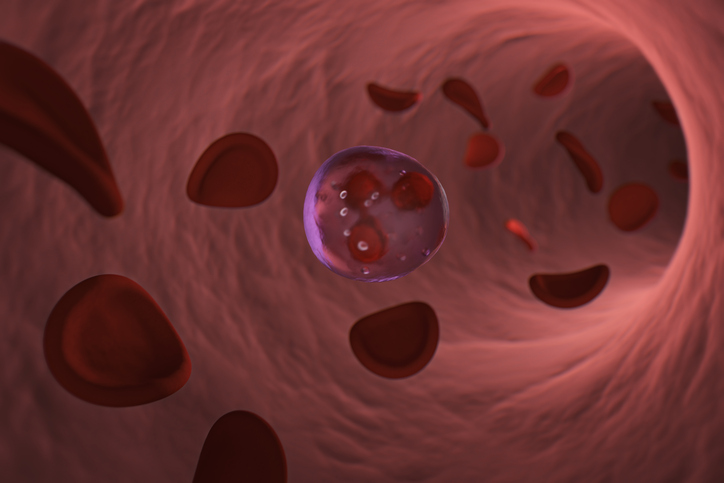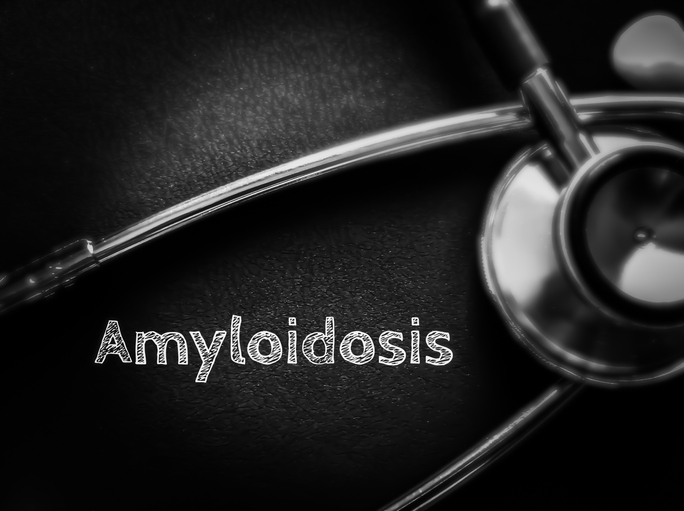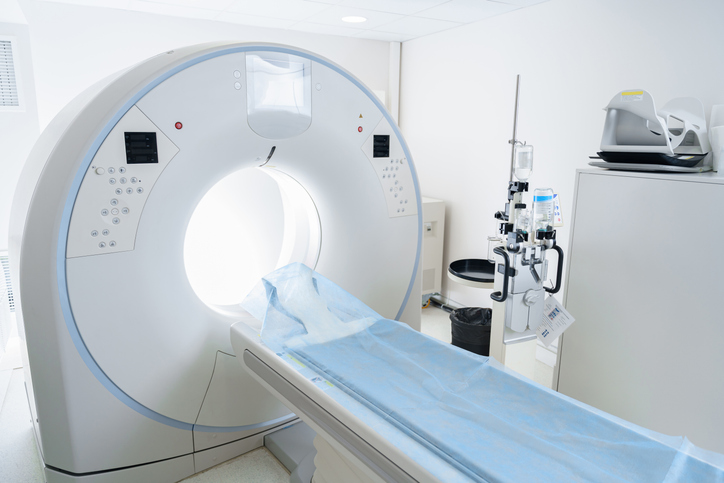
Primary aldosteronism (PA) is the most common form of secondary hypertension. Interesting enough, when compared with primary hypertension, PA causes more end-organ damage and is associated with excess cardiovascular morbidity, including heart failure, stroke, nonfatal myocardial infarction, and atrial fibrillation. Although screening opportunities are available, the screening rates for PA are low. In a study published by Circulation, researchers discuss a practical approach to PA screening and that any clinician that treats hypertension should routinely screen appropriate patients for PA.
#InDepth: Primary aldosteronism: A Practical approach to diagnosis and management @thebyrdlab https://t.co/vRiyZv1WtK pic.twitter.com/poZywU3eKc
— Circulation (@CircAHA) August 21, 2018
According to the study, primary aldosteronism is defined as “inappropriately elevated aldosterone production in the setting of low plasma renin.” Originally, PA was thought to be rare but is now known to be the most common cause of secondary hypertension. Early identification of PA is essential in order to appropriately and specifically treat it, but PA remains underrecognized by both internists and specialists.
Nice review by @thebyrdlab & colleagues re: primary aldosteronism https://t.co/35YoJ9P28c @CircAHA pic.twitter.com/BSoXZ2aYXb
— Pradeep Natarajan (@pnatarajanmd) August 20, 2018
When I became a high blood specialist & then a cardiologist, little did I anticipate that I would need to learn about somatic mutations. I was sure that was for the oncologists! Au contraire!https://t.co/1eES2HTsuH
— J. Brian Byrd Lab (@thebyrdlab) August 22, 2018
The study states that out of U.S. patients with primary aldosteronism, 1 in 550 is actually diagnosed and treated for the condition and shows the issue with underdiagnosis. However, a recent expansion of knowledge has addressed the prevalence, pathophysiology, and the clinical approach to PA. In turn, this has provided an evidence-based understanding of this common condition.
Primary aldosteronism: Useful review with a nice simplified algorithm. https://t.co/l6ipTDWWJN pic.twitter.com/u4GO8PujPN
— James Deardorff (@wjdeardorff) August 21, 2018
Check out an article on the concerns of using of epinephrine as a treatment for out-of-hospital cardiac arrest.
SOURCE: Circulation







 © 2025 Mashup Media, LLC, a Formedics Property. All Rights Reserved.
© 2025 Mashup Media, LLC, a Formedics Property. All Rights Reserved.